Travel just a short way south of Tokyo, and you’ll find Japan’s second-largest city—Yokohama. Long known as a port town, it now offers the perfect blend of tradition and modern convenience. Andy and Émile came through Yokohama on their journey through Japan to visit a museum dedicated to one of the country’s best-known foods, take in some of the city’s sites, and sample the nightlife.
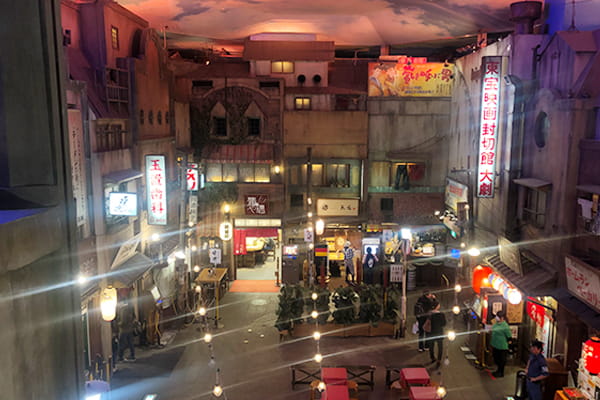
Inside the Shin-Yokohama Ramen Museum
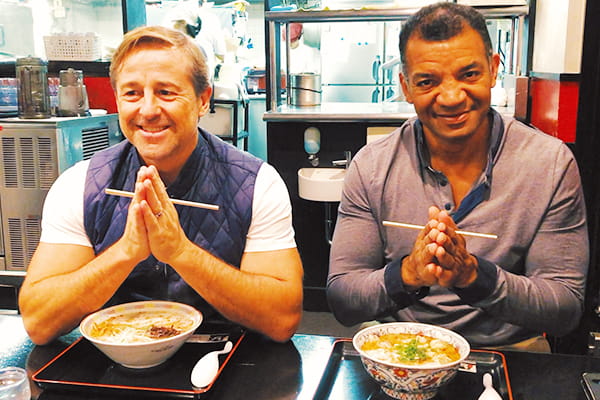
Andy and Émile get ready to dig in to some ramen
The taste is good and the presentation is second to none!. When you see it coming, you say ‘bon appétit!—Émile Ntamack
The Shin-Yokohama Ramen Museum is a large food court themed to look like a street filled with ramen shops would in the 1950s. Visitors not only learn the history of ramen there, but they get to eat it too. Ramen from every region of Japan is featured. Émile said he was surprised that so many different flavors existed—soy sauce, miso, salt, pork, chicken—and he was amazed by the sheer variety of toppings. There are even different types of noodles, and you can try each one to discover your favorite.
JR Tokaido Line (About 30 minutes).
Yokohama Municipal Subway to Shin-Yokohama Station. Take a walk (About 15 minutes).
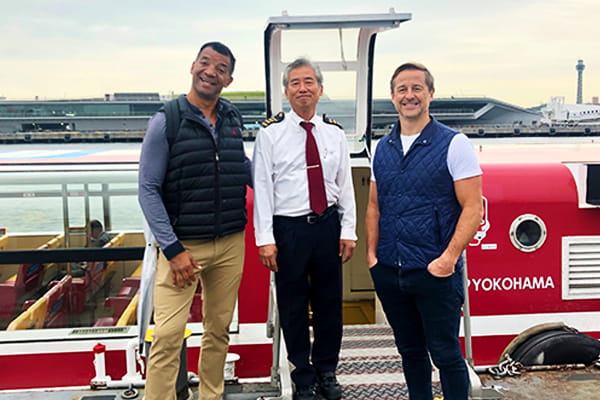
Andy and Émile with the captain of the Sea Bass after their boat tour
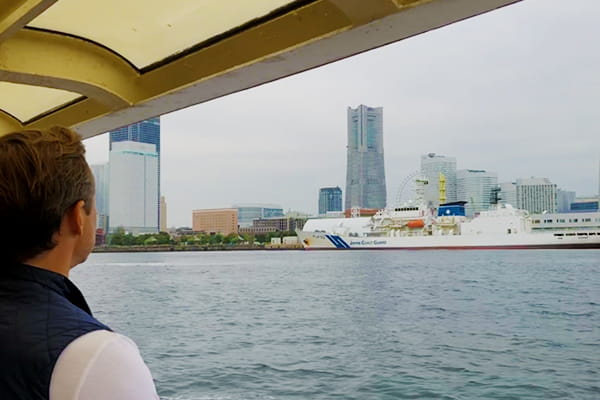
Emile, overlooking the streets of Yokohama
After stuffing themselves with noodles, Andy and Émile took a stroll through Yamashita Park. It stretches across Yokohama’s waterfront and offers visitors beautiful views of the bay and passing ocean liners. If you would like to view Yokohama from the ocean, please try riding the Sea Bass (one of Yokohama’s ocean buses). The passenger ship gives visitors a unique way to travel from Yokohama Station and see some of the bay’s most popular tourist spots. The guys took a ride on the Sea Bass to visit Yokohama’s Red Brick Warehouse—a historical harbor building that now serves as a popular mall and event venue.
Minatomirai Line to Motomachi-Chūkagai Station. Take a walk. (About 15 minutes).
Take a walk to Shin-Yokohama Station. Yokohama Municipal Subway to Kannai Station. Take a walk (About 40 minutes).
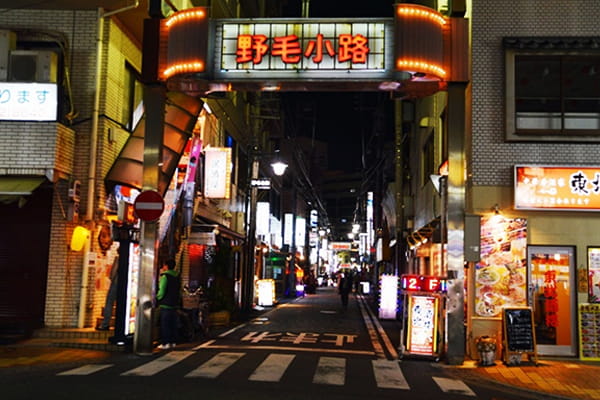
A drinking district, with scenery unchanged over 50 years

Emile checks the wine
After a bit of shopping and sightseeing, Andy and Émile visited Noge, Yokohama’s famous nightlife district, for a quick nightcap. The riverside hub hasn’t changed much over the last 50 years. There are no skyscrapers or bright lights, just narrow streets and tiny bars and izakayas filled with friends telling stories and sharing drinks—you can feel like you slipped back in time to experience Japan as it once was.
Yokohama Municipal Subway to Sakuragichō Station. Take a walk (About 10 minutes).
Take a walk to Kannai Station. JR Negishi Line to Sakuragichō Station. Take a walk (About 25 minutes).
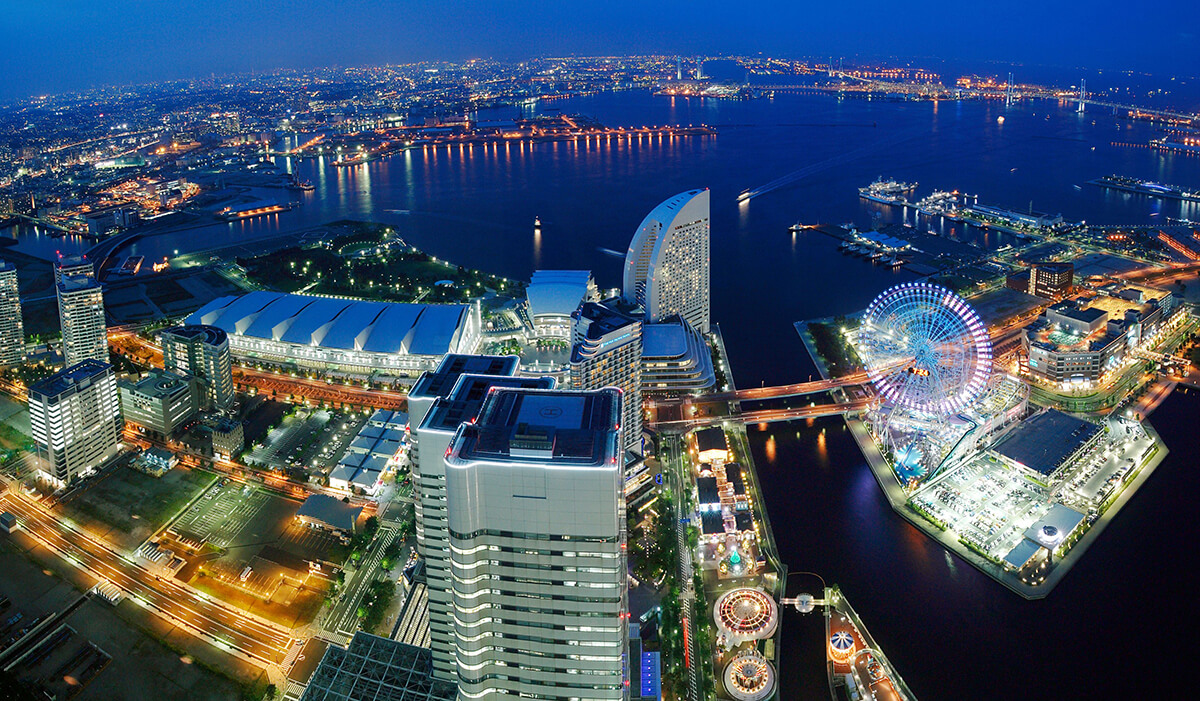
Yokohama is the capital of Kanagawa Prefecture, and is located less than about 30 minutes south of Tokyo by train. The city is home to one of the largest Chinatowns in the world and the famous Sankeien garden, a park filled with preserved Japanese buildings from different eras.
Access from Tokyo by bullet train about 20 mins ~
Access from Tokyo by train about 50 mins ~
Nissan Stadium, also known as International Stadium Yokohama, is Japan’s largest stadium.
- From Yokohama Station on the Yokohama Municipal Subway Blue Line to Shin-Yokohama Station (About 11 minutes, ¥240). 14-minute walk from Shin-Yokohama Station.
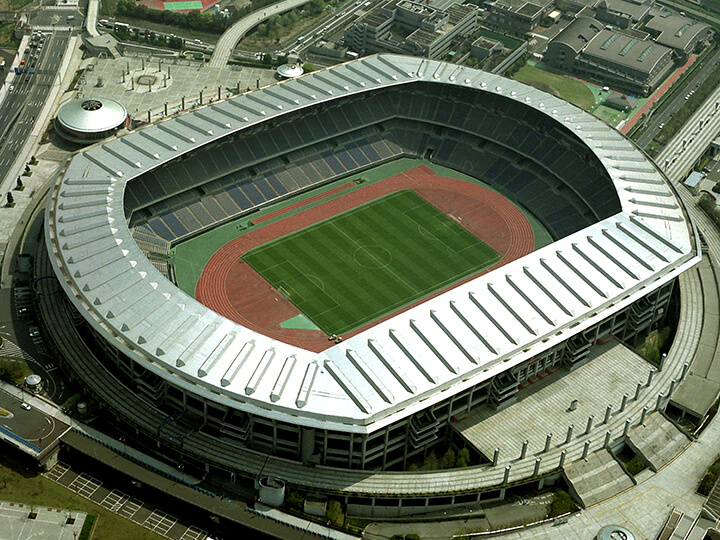

Yokohama is the capital of Kanagawa Prefecture, and is located less than about 30 minutes south of Tokyo by train. The city is home to one of the largest Chinatowns in the world and the famous Sankeien garden, a park filled with preserved Japanese buildings from different eras.
Access from Tokyo by bullet train about 20 mins ~
Access from Tokyo by train about 50 mins ~

Nissan Stadium, also known as International Stadium Yokohama, is Japan’s largest stadium.
- From Yokohama Station on the Yokohama Municipal Subway Blue Line to Shin-Yokohama Station (About 11 minutes, ¥240). 14-minute walk from Shin-Yokohama Station.